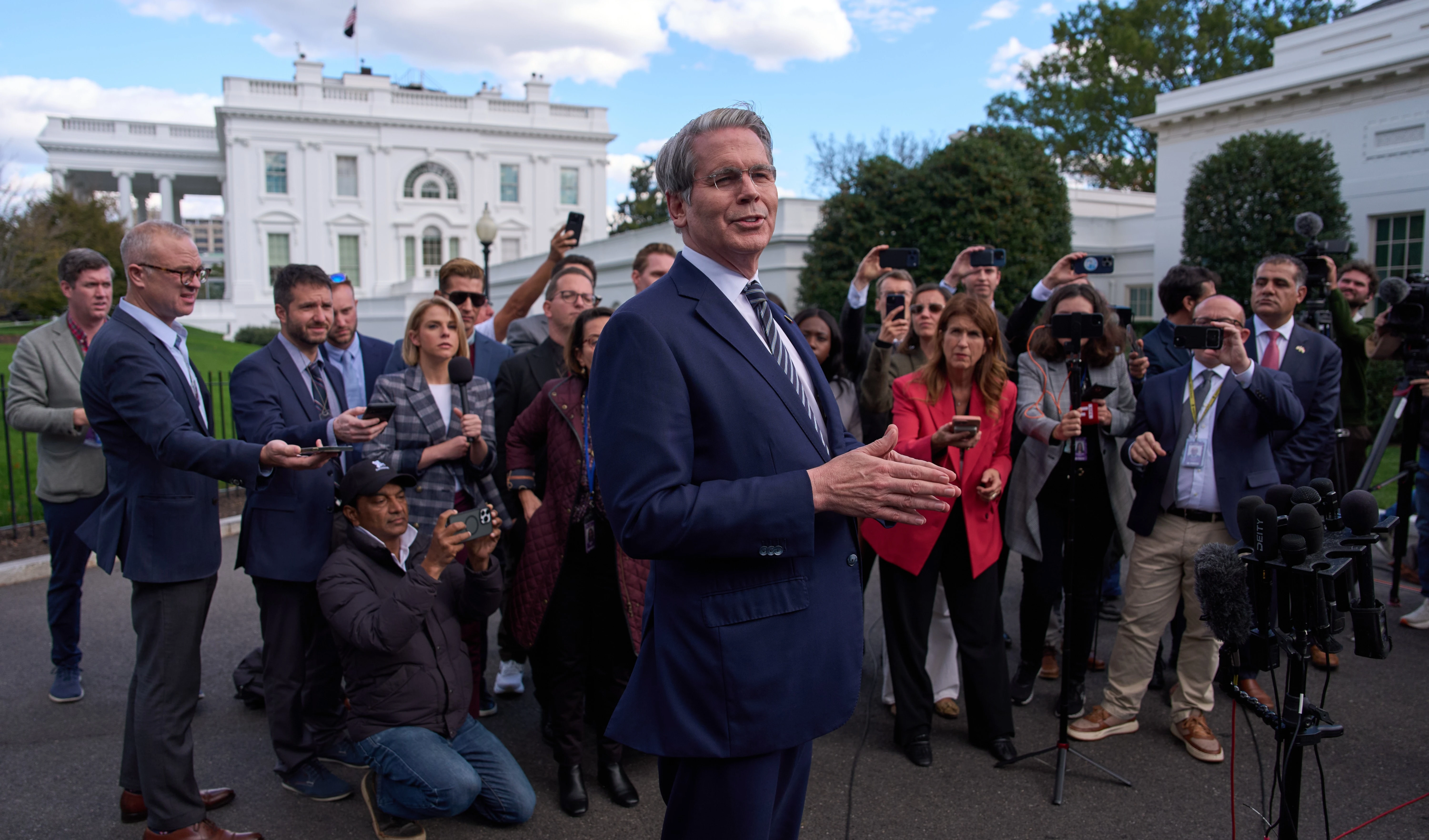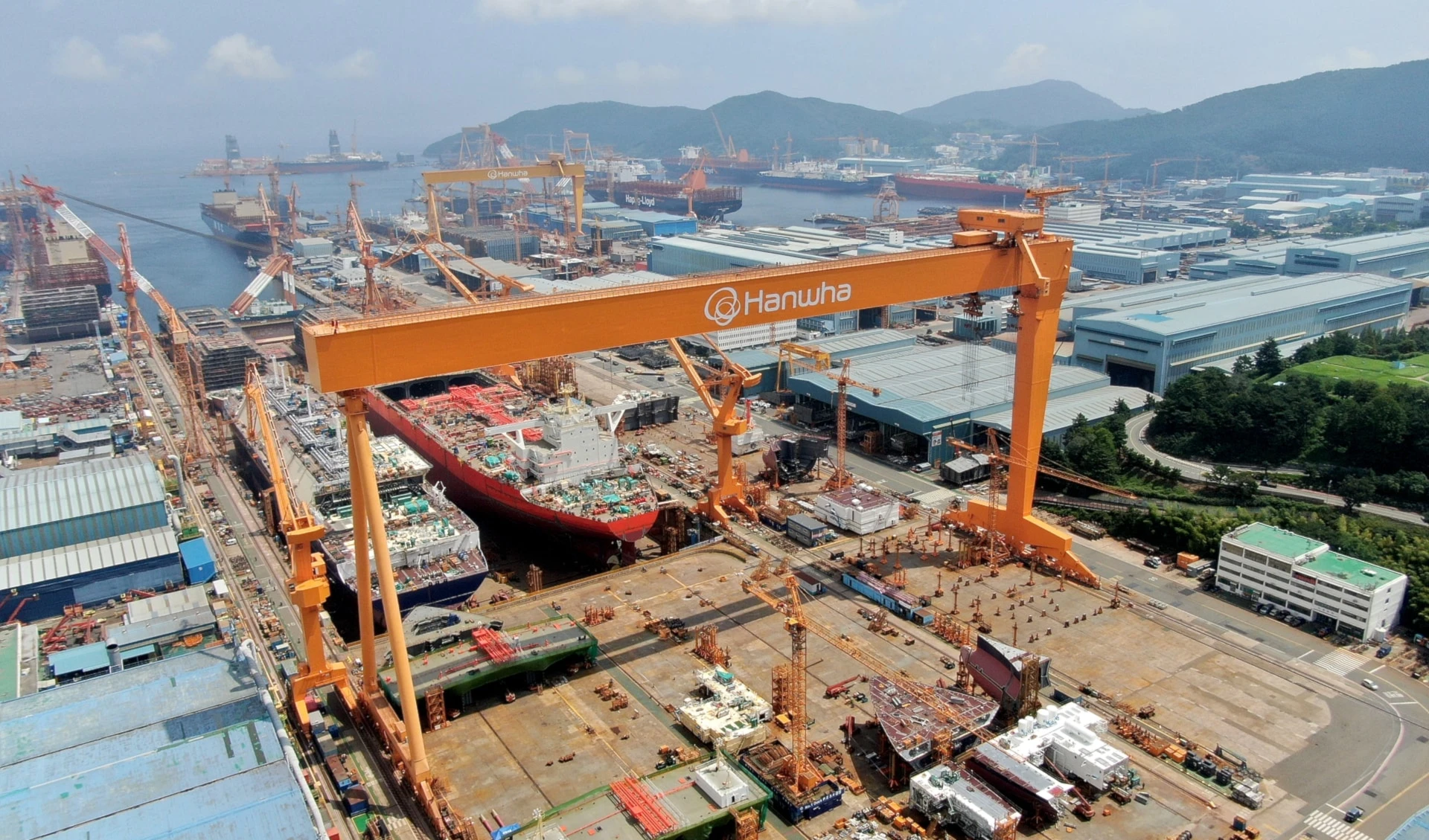Trump moving to revive old nuclear deal in Iran talks: NYT
The New York times discusses the latest developments in the Iran-US nuclear talks, with signs indicating that Trump may be moving towards reviving the JCPOA, which he originally backed out from.
-
 President Donald Trump speaks to reporters during a swearing in ceremony for Dr. Mehmet Oz, in the Oval Office of the White House, Friday, April 18, 2025, in Washington (AP)
President Donald Trump speaks to reporters during a swearing in ceremony for Dr. Mehmet Oz, in the Oval Office of the White House, Friday, April 18, 2025, in Washington (AP)
United States President Donald Trump could be moving toward reviving the 2015 JCPOA agreement with Iran, the treaty which he backed away from during his first term, according to The New York Times.
According to the American daily, after the end of the second round of nuclear talks in Rome, both Iran and the United States have outlined an agenda for further negotiations in the days ahead, with the next round of discussions expected to cover technical aspects related to uranium enrichment.
The Times reported that the issue of Iran retaining its ability to produce nuclear fuel has caused visible divisions within Trump's administration, with disagreements becoming public as Trump's envoy Steve Witkoff prepared for talks held at the Omani ambassador's residence in Rome, with Oman serving as mediator.
Hardline US officials, including Trump’s National Security Advisor Michael Waltz and Secretary of State Marco Rubio, have argued that allowing Tehran to produce nuclear fuel poses significant risks, while Iranian Foreign Minister Abbas Araghchi announced that technical experts will soon meet to discuss details regarding uranium enrichment, nuclear stockpiles, and verification mechanisms.
Iran rejects dismantling nuclear infrastructure
Iranian officials firmly rejected dismantling or destroying their nuclear infrastructure that has cost them billions of dollars to build, while Witkoff secretly warned the administration that insisting on complete dismantlement would collapse the talks - currently the only path to avoid military action against Iran - especially amid growing Israeli pressure to strike Iranian nuclear facilities, according to the American newspaper.
Following the conclusion of the latest round, a senior US official indicated that "very good progress" had been made in "direct and indirect discussions," NYT mentioned.
In private sessions held before the meeting, Iranian officials reportedly indicated their readiness to return to the 3.67% uranium enrichment level specified in the 2015 nuclear agreement, which is the threshold needed for producing fuel for nuclear power plants.
Following Trump's withdrawal from the deal, Iran continued enriching uranium to significantly higher levels, reaching approximately 60% purity, slightly below the grade required for nuclear weapons production.
Iran faces two options
According to the newspaper, Tehran now faces two paths: either accelerate production of weapons-grade nuclear fuel or negotiate with Washington to return to the 2015 agreement's enrichment limits: a move that could expose Trump to criticism for having previously scrapped the deal while failing to secure a better alternative.
Aaron David Miller of the Carnegie Endowment told the New York Times that the ongoing talks in Rome and Oman essentially revive the Obama-era deal that Trump had previously rejected, with some analysts viewing this as the maximum concession Trump could realistically achieve.
Trump's envoy Witkoff initially paved the way for a deal permitting limited Iranian enrichment under strict monitoring, only to later change course by reaffirming the US position of the complete elimination of Iran's "nuclear enrichment and weaponization program."
NYT suggested that Trump remained ambiguous about the strategic goals of the negotiations, repeatedly emphasizing the need to prevent Iran from obtaining a nuclear bomb while refusing to clarify his stance on whether he would tolerate Iran becoming a nuclear "threshold state".
Iran proposes joint uranium enrichment plan
Ali Vaez, the Iran director of the International Crisis Group, told The New York Times that moving talks into the technical phase reflects growing pragmatism, noting that most calls for dismantling Iran's nuclear program had been primarily for public posturing.
The report indicated that Iran's proposal for the establishment of a joint facility management could create a face-saving solution for the Trump administration to distance itself from the 2015 deal, though verification mechanisms through third-party involvement remain unresolved, according to Vaez and an informed Iranian official.
Iran ready to transfer enriched uranium
NYT cited an Iranian official as saying that his country is ready to transfer its enriched uranium stockpile to Russia or another country, as it did in 2016 when the Obama-era deal took effect. However, the American newspaper noted that Iran has since accumulated enough 60% enriched uranium to make more than six nuclear weapons if it chose to weaponize the material.
The newspaper recalled Araghchi's statements from Rome, where he stressed that talks with the Americans were strictly limited to the nuclear program, while declaring Tehran's refusal to discuss any other issues.
In commentary from Tehran, former diplomat Hamid Aboutalebi characterized the nuclear-focused talks as a positive step, while emphasizing that the real challenge lies in the absence of "stable political and diplomatic foundation" needed to sustain any agreement, no matter how technically precise its provisions may be.

 5 Min Read
5 Min Read










